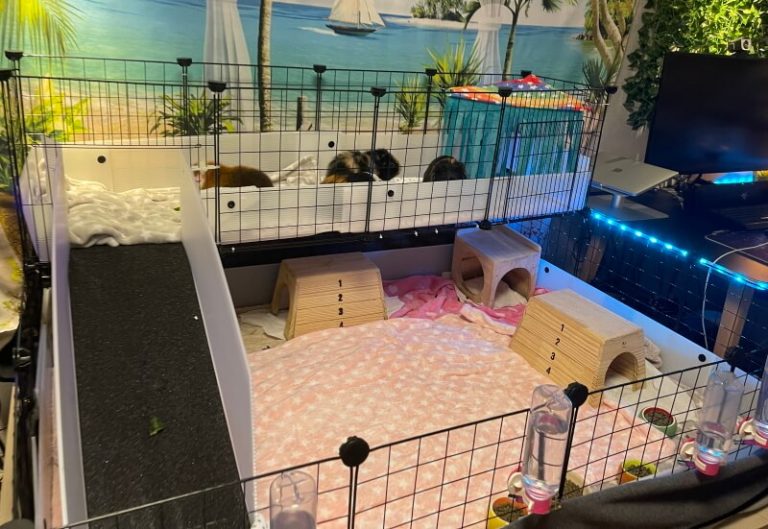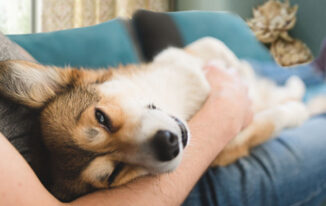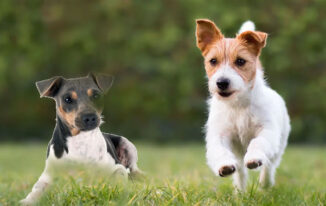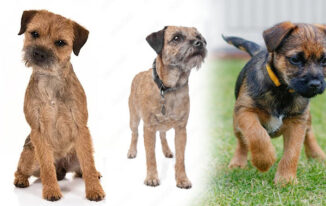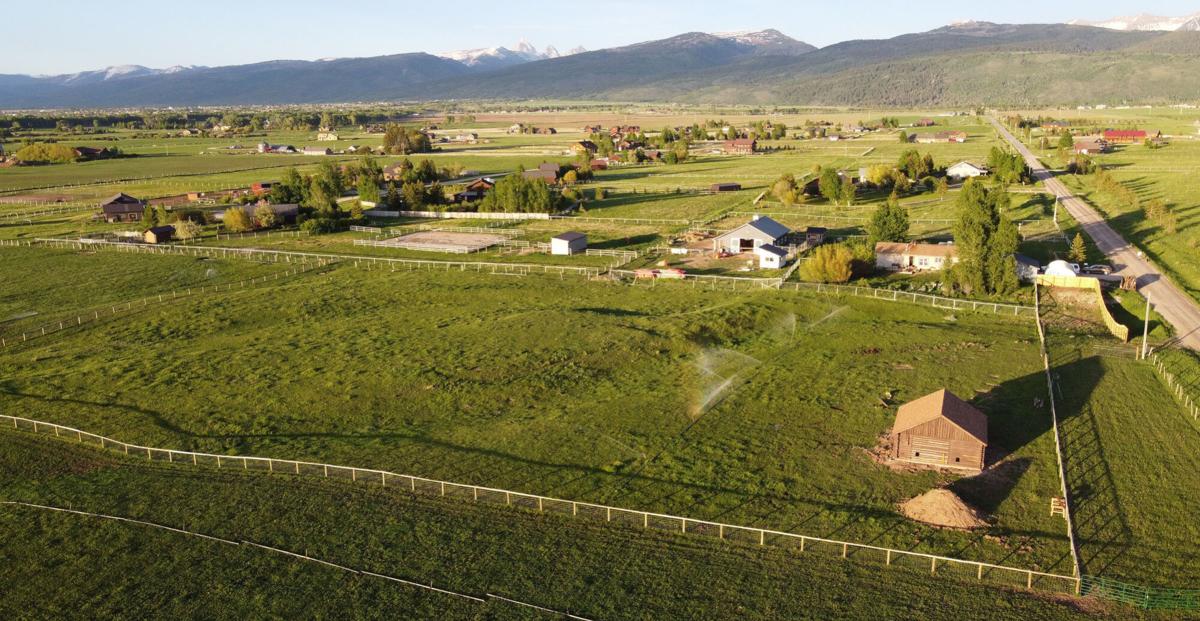Preparing for your first guinea pigs is so exciting, but can also be confusing. Everyone seems to have different opinions on what is required, what is optional, and how you should set up a guinea pig cage.
You want to have everything ready to go when your guinea pigs come home, and it’s so easy to forget the little things!
For a guinea pig cage setup, you’ll need bedding, water bottles or bowls, hiding places, and a guinea-pig safe hay. Optional things to include are food dishes, hay racks, a litter box, and toys. You’ll also want to make sure your guinea pigs’ cage is large enough, since most pet store cages don’t meet the minimum requirements.
In this article, we’ll discuss everything there is to know about guinea pig cage setup for beginners!
Guinea Pig Cage Size
The ideal size of your guinea pig’s cage depends on how many piggies you have. For two guinea pigs, the minimum requirement is 7.5 square feet—but 10.5 sq. ft. or more is preferable.
More guinea pigs will need more space. If your guinea pigs squabble often, they might benefit from more space as well to keep their bond intact. Male guinea pigs tend to need more space than females for this reason!
See our calculator to figure out how much space your guinea pigs need or the table below.
| No. of Guinea Pigs | Preferred Cage Size | C&C Cage |
|---|---|---|
| 2 Guinea Pigs | 10.5 ft² | 2×4 grids |
| 3 Guinea Pigs | 13.5 ft² | 2×5 grids |
| 4 Guinea Pigs | 16 ft² | 2×6 or 3×4 grids |
| 5 Guinea Pigs | 19 ft² | 2×7 or 3×5 grids |
Bigger is always better, and you should never go under the minimum requirement! Next to a piggy friend, an appropriate cage is the best enrichment you can give your guinea pig. Nothing can replace it.
Guinea pigs need unobstructed floor space to run around and get exercise. They aren’t built to climb, so while they might use a loft or second level, it doesn’t count toward the square footage of their cage.
Trust me, there’s nothing like seeing your guinea pig doing zoomies around the cage floor, racing through their tunnels, and popcorning happily!
What Type of Cage is Best for Guinea Pigs?

Pet store cages are almost always too small for guinea pigs. The only one we recommend is the Midwest cage for two guinea pigs. This one is especially nice because it can be attached to a second Midwest if you ever feel like expanding your piggies’ space (or adding to your herd!).
However, our favorite here on the site are C&C (cubes and Coroplast) cages. These can be bought premade from the Guinea Pig Cage Store or other retailer, but it’s typically cheaper to make them yourself.
All you’ll need are storage cubes and Coroplast, which is a type of corrugated plastic that can be found at most hardware stores.
Storage grids should be 14 inches across with at least nine (9×9) holes. If they have less than this, your guinea pigs’ heads can get stuck inside.
If your guinea pigs are still babies, you might need to layer the grids to create smaller holes and prevent them from escaping their new home. When they grow up, you can remove the extra grids as they won’t be needed anymore.
Other options for guinea pig cages include other handmade designs, or large playpens with waterproof liners to protect your floors.
What do you Put on the Floor of a Guinea Pig Cage?
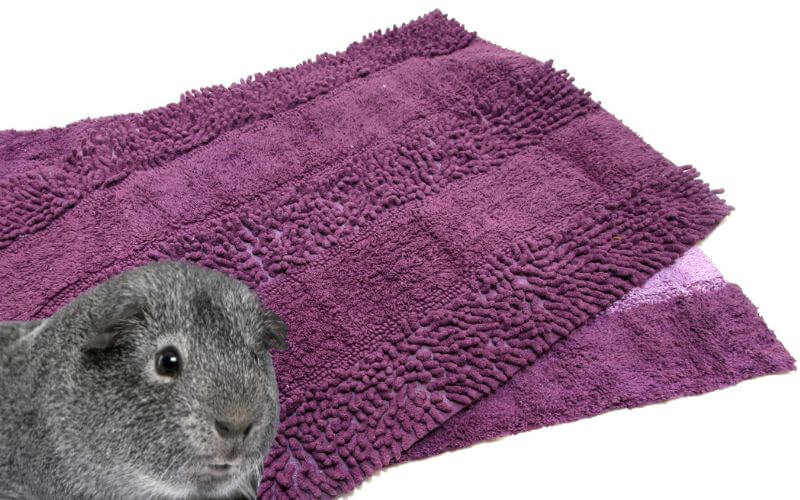
Guinea pig cages need bedding to absorb urine, make cleanup easier, and give your guinea pigs a soft surface beneath their feet.
Safe types of bedding include:
- Fleece liners (such as GuineaDad liners)
- Bath mats
- Paper bedding
- Aspen shavings
- Kiln-dried pine shavings
- Hemp bedding
We prefer fleece liners or bath mats as they’re the comfiest for your piggy, the most eco-friendly, and the cheapest over time.
While they cost more upfront, these items can be reused. If you go for one of the disposable options, you’ll end up buying multiple bags of bedding every time you clean the cage! This cost will add up quickly.
However, there’s no right or wrong answer so long as the bedding is safe for guinea pigs, dust-free, and you clean the cage regularly. Your bedding also must be absorbent—otherwise, your piggies will be sitting in their own urine, which is a health risk.
Never buy pine shavings which haven’t been kiln-dried, as these are harmful to guinea pigs. Other kinds of softwood shavings, such as cedar, are unsafe and should be avoided altogether.
Essential Items for Setting Up Guinea Pig Cage

Guinea pigs don’t need too much in their cage to keep them happy, but you do need the following supplies:
- Water bottles or bowls
- Places to hide
- Constant access to hay
Food dishes, toys, hay racks, and litterboxes are all optional. It depends on how you take care of your piggies—there’s no right or wrong so long as everything you add to the cage is safe.
We’ll go into more detail below to help you decide what kind of cage setup is right for you.
Water Bottles or Bowls – Which is Best?
It’s best to have one water bottle or bowl per guinea pig. They can be territorial little creatures, and this ensures they aren’t keeping one another from drinking.
Most guinea pig owners use water bottles in the cage because they create less mess, can’t be tipped over, and the water stays cleaner.
Water bowls are okay, but need to be checked frequently as the piggies might kick hay, pellets, or feces into the bowl. They’re likely going to need refilling multiple times a day.
When you first bring your guinea pigs home, it’s a good idea to provide both a water bottle and a bowl unless you know they’ve been drinking out of a bottle already. Some guinea pigs need to learn how to use a water bottle, and a bowl prevents dehydration in the meantime.
Food Dishes
If you provide food dishes for your guinea pigs, have one for each piggy. Food is another essential resource that we don’t want them keeping one another from!
Food dishes can contain your guinea pig’s food and make cleanup a bit easier if they don’t eat all of their pellets, for instance. However, they aren’t necessary.
Many people scatter feed, or sprinkle their guinea pigs’ vegetables and pellets around the cage. This is very enriching as it makes your piggies forage for their food, similarly to how they would outdoors.
Hay Access—Should You Use a Hay Rack?

The first thing you should know is that many hay racks sold in pet stores are dangerous for guinea pigs. Hay racks or bags should always have holes large enough for the whole piggy to fit inside.
This prevents them from getting their heads stuck, which can be deadly if you don’t notice it right away. Remember, guinea pigs are meant to be constantly eating. They can go into GI Stasis, a deadly condition, if they don’t eat for 12 hours or more.
Some hay racks have holes that are too small for even a piggy’s head to fit through, but these make it very difficult for them to reach the hay. Hay is something you never want your guinea pig to work for. It should be freely accessible at all times.
That said, here are the safe options when it comes to hay holders:
- Hay racks or bags with large holes that your guinea pig cannot get stuck inside of
- A big pile of hay on the cage floor – this is messier and you’ll end up throwing away more hay, but it’s also incredibly enriching for guinea pigs to burrow in the hay
- A litterbox or tray filled with hay – this contains the mess while allowing for the enrichment that comes with burrowing, and also helps to get your guinea pig’s peeing and pooping in the same place as they eat
Litter Box – Can Guinea Pigs be Litter Trained?
Many people have litter boxes in their guinea pig cage. However, the idea of litter training your piggy is a little misleading.
Guinea pigs can hold their urine, though not all will. They have no control at all over their poop, and it’s estimated they poop up to 100 times a day!
For this reason, it’s impossible to litter train them as you would a cat or a rabbit. Their digestive systems move too quickly and they tend to go wherever they’re at.
However, guinea pigs tend to poop and pee the most where they eat and where they sleep. This knowledge helps us to make cleanup as easy as possible on ourselves!
Here’s how:
- Buy a shallow container that will fit inside of your cage, or make your own litter box out of Coroplast.
- Fill the litter box with guinea-pig safe bedding of your choice. Never use clumping cat litter!
- Add the hay! You can either put a pile of hay inside the litter box or hang a safe hay bag or rack on the cage wall.
- Your guinea pig will crawl inside of the litterbox to eat hay, and do most of their peeing and pooping in that area.
- If you use fleece bedding, add smaller pieces of fleece (pee pads) beneath hidey houses. These can be switched out when wet, allowing your larger fleece liners to stay clean longer.
Hidey Houses – How Many do Guinea Pigs Need?

Guinea pigs are prey animals. In the wild, they would hide in dark places to keep out of predators’ sights. In captivity, it’s essential to provide them with several places to feel safe.
I recommend one hiding place per guinea pig, plus at least one extra. Bonded guinea pigs usually do okay with one-entrance hides, but those with two or more entrances are ideal for bonding new guinea pigs or maintaining a bond between two males.
Male guinea pigs tend to be more territorial than females and may get into little arguments more often, though not always!
My favorite hiding places for guinea pigs include:
- Wooden houses
- Fleece tunnels
- Cardboard boxes with large holes cut out
- Fleece or towels draped over a corner of the cage
My guinea pigs were big chewers, so I tried to avoid plastic items.
Plastic is okay if your guinea pigs don’t chew it, but most will—and it’s not safe for them to digest! This is why I recommend using wood or other natural materials around the cage.
Lastly, you’ll want to think about the placement of your hiding places. Keeping single-entrance houses against the cage walls will give your guinea pigs space to run, while they can get in the way in the middle of the cage.
Tunnels and other multi-entrance hides are best for the center of the cage as they don’t obstruct your piggies’ running space.
Toys – Do Guinea Pigs Use them?
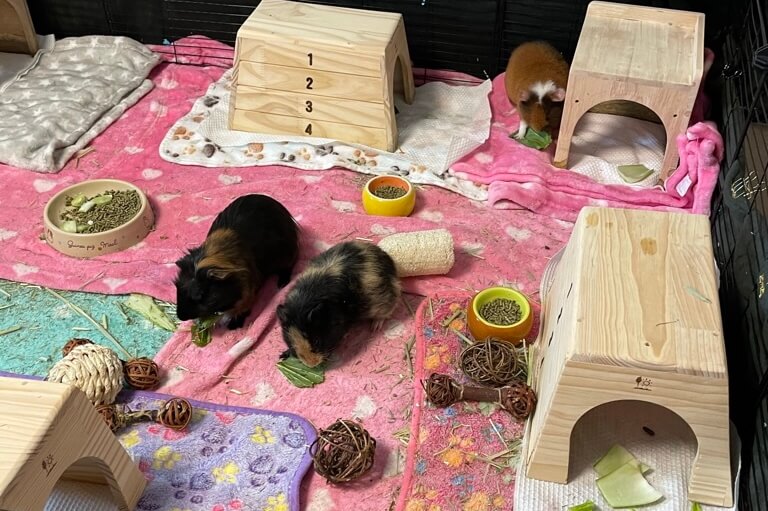
Toys can actually be pretty controversial in the guinea pig world! Some people are all for them, while others say they’re useless.
Personally, I think it’s worth giving toys a shot! My guinea pigs would chew on toys rarely, but other piggies use them all of the time.
Don’t expect your guinea pig to play like a cat or dog, though. The best toys are ones they can chew, because piggies love eating! Some will also toss toys around the cage or nudge them around to “redecorate” their space.
I’d start out with simple, cheap toys such as toilet paper rolls or paper bags filled with hay.
Always make sure toys are safe with no choking hazards or dangerous materials. Avoid salt licks, anything with seeds, and anything your guinea pigs can get their head stuck inside of.
For more information on toys, check out our post on what guinea pigs like to play with!
Good Guinea Pig Cage Setup = Happy Piggies
Guinea pig cage setup can be complex, but I hope we’ve been able to break it down for you simply! As you learn more about your guinea pigs as individuals, it’ll be easier to make the best decisions for them.
Just remember the essentials: bedding, hiding places, a water source, and constant hay. Everything else comes down to personal choice.

